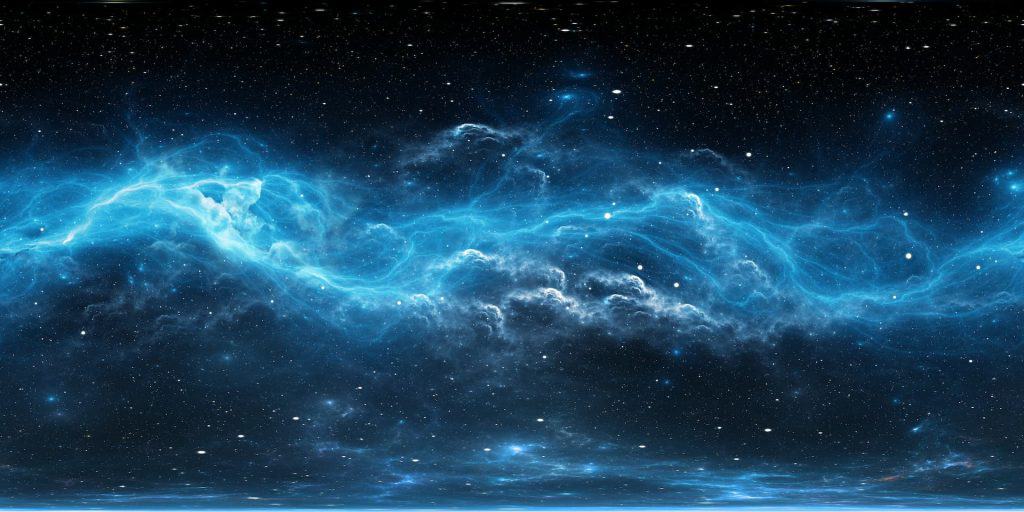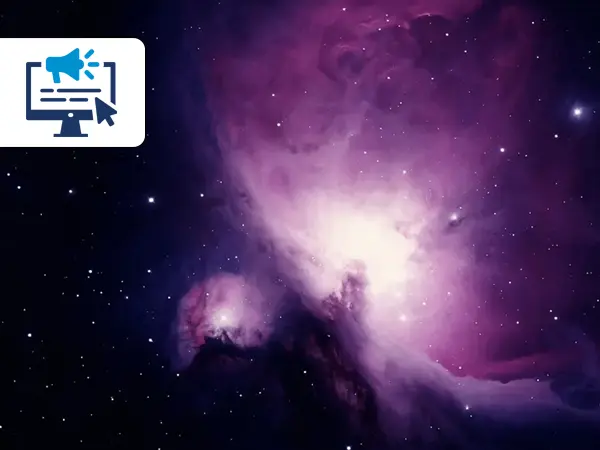
Search engine optimization (SEO) is an essential practice for improving a website’s visibility and organic search rankings. Among its various aspects, on-page SEO plays a crucial role in optimizing individual web pages to rank higher on search engine results pages (SERPs). This article explores the fundamentals of on-page SEO, its key elements, best practices, technical considerations, the importance of user intent, and how to measure its success.
Introduction
In today’s digital landscape, having a strong online presence is vital for businesses and individuals alike. With the majority of internet users relying on search engines to find information, products, and services, it becomes essential to optimize websites for search engine visibility. On-page SEO is the process of optimizing individual web pages to enhance their search engine rankings and attract organic traffic.
What is On-Page SEO?
Definition and Importance
On-page SEO refers to the practice of optimizing various elements within a web page to improve its search engine visibility and relevance for specific keywords. It involves optimizing content, HTML source code, meta tags, URLs, headings, and other on-page factors to align with search engine algorithms. Effective on-page SEO helps search engines understand the page’s content and context, ultimately resulting in better rankings and increased organic traffic.
Key Elements of On-Page SEO
Successful on-page SEO implementation revolves around optimizing several key elements. These include:
- Keyword Research and Optimization: Identifying relevant keywords with sufficient search volume and strategically incorporating them into the content.
- Content Optimization: Crafting high-quality, informative, and engaging content that satisfies user intent and aligns with targeted keywords.
- Meta Tags Optimization: Creating compelling meta titles and descriptions that accurately represent the page’s content while enticing users to click.
- URL Structure and Optimization: Using descriptive and keyword-rich URLs that provide users and search engines with meaningful information.
- Heading Tags Optimization: Utilizing hierarchical heading tags (H1, H2, H3, etc.) to structure content and indicate its importance to search engines.
- Image Optimization: Optimizing images with descriptive filenames, alt tags, and appropriate file sizes to improve user experience and search engine crawlability.
- Internal Linking: Incorporating relevant internal links within content to improve website navigation, user experience, and search engine discoverability.
- User Experience and Mobile Optimization: Ensuring the website is user-friendly, loads quickly, and offers a seamless experience across different devices.
On-Page SEO Best Practices
Effective on-page SEO requires implementing several best practices. By following these guidelines, webmasters can enhance their web pages’ search engine visibility and improve their chances of ranking higher in SERPs. Some essential on-page SEO best practices include:
Keyword Research and Optimization
Conducting thorough keyword research is critical for identifying relevant keywords and phrases that align with the website’s content and target audience’s search queries. Keyword optimization involves strategically incorporating these keywords into the page’s content, headings, meta tags, and URLs to signal relevance to search engines.
Content Optimization
High-quality content is the backbone of successful on-page SEO. It’s essential to create informative, engaging, and well-structured content marketing that fulfills user intent and provides value. Including relevant keywords naturally within the content and employing proper formatting and headings improves readability and SEO.
Meta Tags Optimization
Meta tags, including the meta title and meta description, are HTML elements that provide concise summaries of a web page’s content. Optimizing these tags by incorporating relevant keywords and crafting compelling, click-worthy descriptions can significantly impact click-through rates from search results.
URL Structure and Optimization
Creating descriptive and user-friendly URLs is crucial for both search engines and users. Optimized URLs that include relevant keywords and accurately represent the page’s content help search engines understand the page’s context and improve click-through rates.
Heading Tags Optimization
Using hierarchical heading tags (H1, H2, H3, etc.) to structure content effectively provides search engines with a clear understanding of the page’s structure and content hierarchy. Properly optimized headings help users navigate the page and improve its readability.
Image Optimization
Images play a vital role in enhancing the visual appeal and engagement of a web page. Optimizing images involves using descriptive filenames, adding alt tags, compressing file sizes, and ensuring they’re properly formatted and displayed across devices. This optimization improves both user experience and search engine crawlability.
Internal Linking
Strategic internal linking within a website connects related pages, distributes link equity, and improves user navigation. By incorporating relevant internal links within content, webmasters can guide users to other valuable resources, increase session duration, and improve search engine discoverability.
User Experience and Mobile Optimization
Providing an exceptional user experience is critical for both users and search engines. Optimizing website speed, ensuring mobile responsiveness, and improving overall usability enhances user satisfaction, reduces bounce rates, and positively impacts search engine rankings.
Technical SEO Considerations
In addition to on-page optimization, technical SEO plays a significant role in improving website performance and search engine rankings. Several technical considerations that webmasters should address include:
Site Speed and Performance
Fast-loading websites provide better user experiences and tend to rank higher in search results. Optimizing website speed through techniques such as image optimization, caching, and minimizing server response time can significantly impact search engine rankings.
Mobile Responsiveness
Given the increasing number of mobile internet users, having a mobile-responsive website is essential. Responsive design ensures that web pages adapt and display correctly on various devices, improving user experience and search engine rankings.
XML Sitemap
Creating an XML sitemap helps search engines understand the website’s structure and content organization. By submitting the sitemap to search engines, webmasters can facilitate better crawling and indexing of their web pages.
Robots.txt
The robots.txt file instructs search engine crawlers on which pages to crawl and index or exclude from indexing. Properly configuring the robots.txt file ensures that search engines can access and understand the intended content.
Canonical Tags
Canonical tags indicate the preferred version of a web page when multiple versions exist, such as with HTTP and HTTPS or www and non-www URLs. Implementing canonical tags helps prevent duplicate content issues and consolidates ranking signals for the preferred page version.
On-Page SEO and User Search Intent
Understanding user intent is crucial when optimizing web pages for search engines. User search intent refers to the underlying purpose or motivation behind a user’s search query. By aligning the content, keywords, and structure of a web page with user intent, webmasters can provide more relevant and valuable information, leading to improved rankings and user satisfaction.
Measuring and Tracking On-Page SEO Success
To evaluate the effectiveness of on-page SEO efforts, webmasters can utilize various tools and analytics platforms. The following tools can provide valuable insights into on-page SEO performance:
Google Analytics
Google Analytics offers comprehensive data on website traffic, user behavior, and conversions. By tracking key metrics such as organic traffic, bounce rates, and time on page, webmasters can assess the impact of on-page SEO optimization on user engagement.
Search Console
Google Search Console provides essential information about how a website is performing in search results. Webmasters can monitor search impressions, clicks, and click-through rates, identify keywords driving traffic, and identify potential issues affecting on-page SEO.
Common On-Page SEO Mistakes to Avoid
While implementing on-page SEO, avoid these common mistakes that can hinder website performance. Some mistakes to avoid include:
- Keyword stuffing. Excessive and unnatural use of keywords can lead to penalties and negatively impact user experience.
- Duplicate content. Publishing identical or substantially similar content across multiple pages can confuse search engines and dilute ranking potential.
- Ignoring meta tags. Neglecting to optimize meta titles and descriptions can result in lower click-through rates and reduced visibility in search results.
- Poorly structured content. Lacking clear headings, subheadings, and proper formatting can make it challenging for users and search engines to navigate and understand the content.
Conclusion
On-page SEO is a critical aspect of optimizing web pages for improved search engine rankings and organic traffic. By following best practices, optimizing key elements, and considering user intent, webmasters can enhance their on-page SEO efforts. Furthermore, paying attention to technical SEO considerations and using analytics tools can help measure success and make data-driven improvements. Remember, on-page SEO is an ongoing process that requires continuous monitoring, analysis, and adaptation to ever-evolving search engine algorithms.















